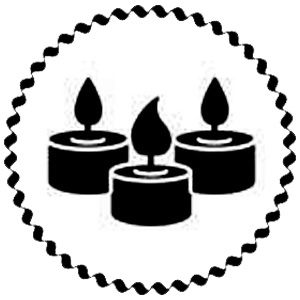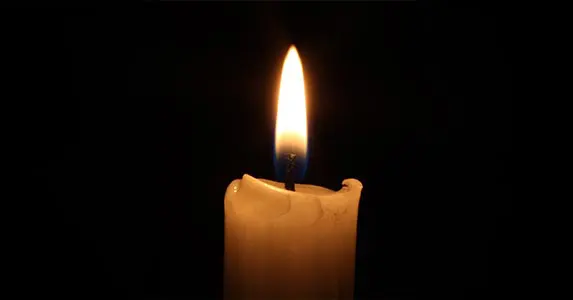The Evolution of Candles: A Fascinating Journey through History
Candles have played a crucial role throughout the history of mankind. From simple sources of light to spiritual and decorative symbols, their significance has evolved over the centuries. In this article, we delve into the captivating history of candles, their evolution, and their various uses over time.
Ancient Origins and Evolution of Candles
The origins of candles date back to ancient civilizations. The earliest known candles can be traced back to Egypt around 3000 BCE. They were made using animal fat and reeds as wicks. Meanwhile, in ancient China and Japan, candles were crafted from insect wax and plant seeds. The use of beeswax candles became popular among the affluent in Egypt, Greece, and Rome due to their clean burning and pleasant aroma.
Candles in the Medieval Era and Renaissance
During the Middle Ages, tallow remained the primary material for candle-making in Europe, despite its drawbacks such as unpleasant odors and smoke. Beeswax candles gained prominence for their clean burning and honey scent, especially in churches and wealthy households. The Renaissance brought technological advancements that improved candle production, including the invention of molds for producing uniform candles.
Industrial Revolution and Modern Innovations
The Industrial Revolution ushered in significant changes in candle production. Stearine, a byproduct of animal fat refinement, and later paraffin, derived from crude oil, replaced tallow and beeswax due to their cost-effectiveness and cleaner burning properties. By the 19th and 20th centuries, candles transitioned from mere sources of light to decorative and symbolic objects, symbolizing romance, meditation, prayer, and intimacy.
The Rise of Scented and Eco-Friendly Candles
Currently, scented candles dominate the market, offering a variety of fragrances that can influence mood and atmosphere. Modern scented candles are typically made from natural waxes like soy, coconut, or palm, which are environmentally friendly alternatives to paraffin. Responding to growing environmental awareness, many companies now produce candles using natural and biodegradable materials such as soy wax.
Cultural and Religious Significance of Candles
Candles hold significant cultural and religious importance across various traditions and rituals. In Christianity, candles play integral roles in liturgical ceremonies like Easter and Advent. Similarly, Judaism and Hinduism incorporate candles in festivals like Hanukkah and Diwali, symbolizing light, victory, and spirituality. Candles are also central to secular customs, such as birthday celebrations and honoring the deceased.
In conclusion, the rich and diverse history of candles reflects their enduring presence in human culture and tradition. Despite technological advancements in lighting, candles continue to hold a special place in our hearts and homes, offering not just illumination but also warmth, fragrance, and ambiance. Whether used for practical, religious, or decorative purposes, candles remain an integral part of human culture and heritage.

